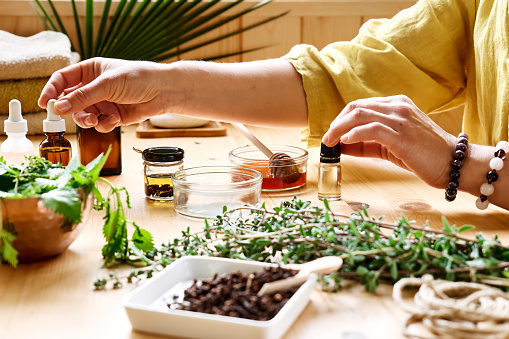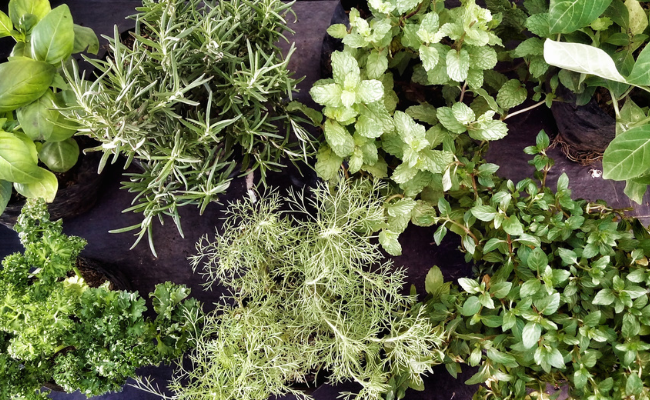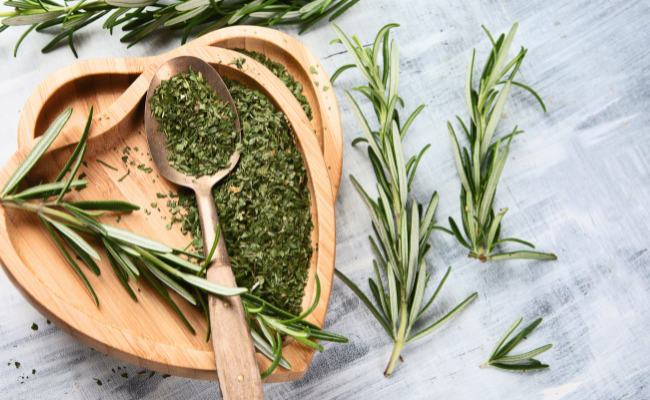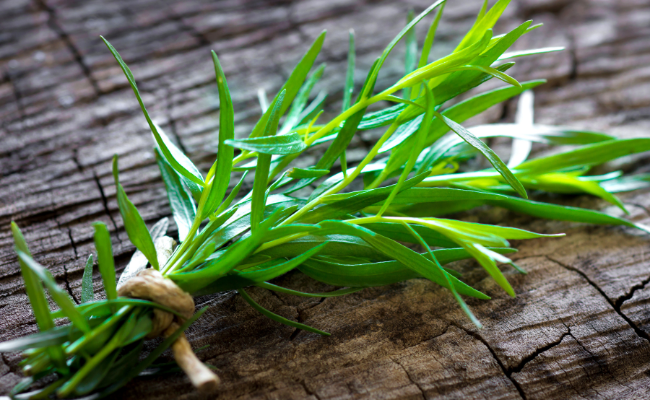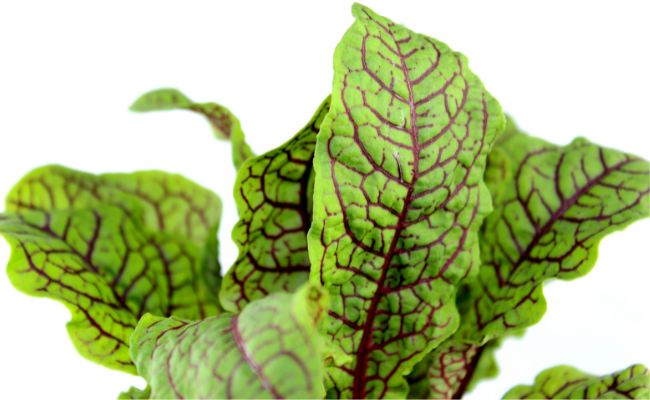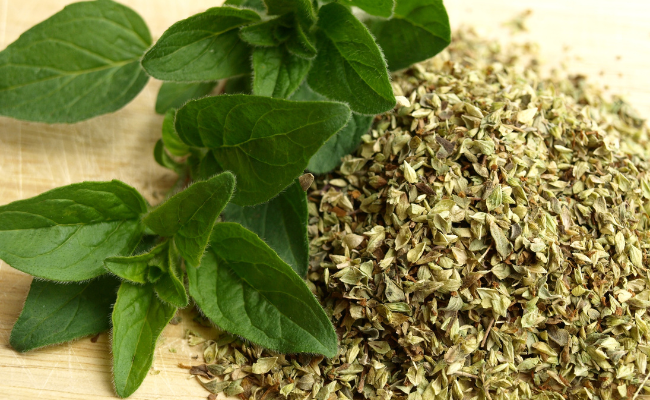10 Perennial Herbs You Can Enjoy All Year
The best way to enjoy perennial herbs is when you get fresh ones, so you run to the nearest grocery store to get some. But you often get to the store, and the available herbs aren’t so fresh. What can you do? You make do.
How, then, can you save cost and still have access to fresh herbs whenever you need them? Easy! Grow your herbs.
At minimal cost, you can grow your herbs without going through the trouble of growing a garden. And with perennial herbs, you can keep up your supply of fresh herbs without cultivating new ones every season.
Why Grow Perennial Herbs at Home?
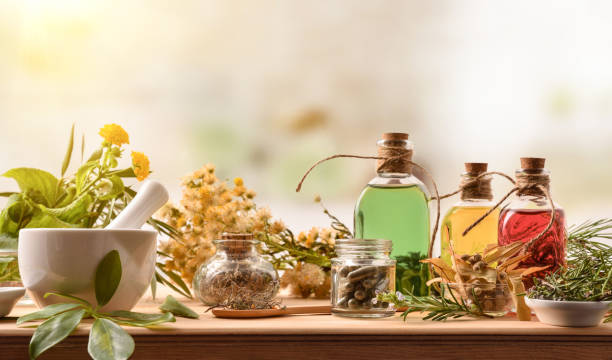
When you grow perennial herbs at home or in your garden, you create access to fresh herbs any time you need them, and you get to enjoy all the health benefits they have. Irrespective of the habitat, cultivating perennial herbs is something you should consider, and below are some of the reasons to grow them where you reside:
- Growing perennial herbs is easy and less expensive. You can comfortably cultivate healthy herbs without putting in so much effort.
- Unlike annual herbs, planting perennial herbs provides you with a regular harvest for years. They produce consistently, so you don’t always have to cultivate new herbs every season.
- If you love cooking, there are many perennial herbs you can use to spice up and add flavor to a wide range of dishes.
- Herbs can also serve as excellent pest control around your residence, helping to ward off different types of pests.
- A good number of them have medicinal properties that can be beneficial to your health.
- Some natural beauty and cleaning products are made from herbs, most of which you can use on yourself and in your home.
- Perennial herbs are perfect for wildlife because they bring back pollinators every year.
Where to Grow Perennial Herbs
Considering how easy it is to grow perennial herbs, you would naturally think they can only thrive in certain places. But that’s the irony; these herbs can grow in a wide variety of locations. Take a look at some places you can grow them;
- You can grow perennial herbs indoors in containers or pots, on your balcony, or outdoors by your porch.
- You can allocate a portion of your property to nurse an in-ground herb garden.
- Build or buy a raised bed. This is ideal for growing perennial herbs. I suggest you go for an herb spiral. This type of bed allows you to grow to produce a variety of perennial herbs.
- Growing perennial herbs together with annual crops in a mixed polyculture planting project is okay.
You should note that the growing needs of different perennial herbs vary. The cultivation technique that makes one flourish might not work for another. You must choose and nurse the right herbs in the right places.
For instance, perennial herbs will do better if exposed to full sun and warm weather conditions, and others will bloom under partial shades. Some will thrive in less fertile soils, and some require very fertile soil conditions.
Choosing Perennial Herbs
Herbs can serve several purposes. Cooking and health remedies are the most common. Your choice of perennial herbs to grow should be based on factors like; need and location. Ask yourself why you need them and what place would best suit the ones you choose.
Different perennial herbs can serve several purposes. For instance, the culinary type of herbs is the one you should choose from when thinking about herbs you would like to eat.
Some herbs even add beauty to your garden and your place of residence. It will save you a lot of good if you research and learn about the uses of different herbs. This will guide you on the best herb choices for your planting project.
Below is a list of 12 perennial herbs you can start learning about. This should help you narrow down your research on the type of herbs to choose and where best to grow them to suit your personal needs.
12 Perennial Herbs You Can Grow at Home
Are you looking to bring a touch of natural beauty and delicious flavors into your home? Growing herbs is the perfect way to boost the color and aroma of any kitchen or garden. Plus, with careful tending and plenty of loving care, these fantastic paddies can last for years!
Winter Savory
This is an example of an herb that can be used for culinary purposes. Include this in your fish or meat dishes; just like its name implies, you will give that meal a savory taste. Winter savory thrives better under full sun.
Rosemary
This herb you can cultivate in any garden project you want. If you reside in a drought-prone area, you should grow rosemary, as it is tolerant of low rainfall levels. The perfect growing environment for rosemary is one with good drainage around a sunny spot.
Mint
Among all perennial herbs, mint is the easiest to grow. It comes in various scents and flavors, which means you can grow mint in whatever flavor you prefer, like; peppermint, apple mint, chocolate mint, etc.
It grows almost like a weed, and it is better to plant it in a pot before submerging everything into the ground.
Lemon Balm
This is one herb you should consider adding to your garden. It is also known for its insect-repelling attributes, which you can use to make delicious teas and enrich different dishes. The best place to grow lemon balm is in moist soil.
French Tarragon
The French tarragon will give your fish or chicken meals a wonderful aroma. You can add the leaves from this herb to your salad too. Most people prefer the French tarragon to the Russian because it is superior in flavor.
You can grow the tarragon as a companion to eggplants and sweet peppers. Plant them in a properly sheltered but sunny position to ensure they flourish well.
Thyme
Thyme is a well-known herb used mainly for cooking. You must have used this to spice up some of your meals. Growing thyme can be beautiful as it produces lovely tiny pink and purple flowers, which can spread to create excellent groundcover.
Thyme comes in different flavors like; lemon, orange, and mint. They grow well under the full sun.
Garlic Chives
Garlic Chives is a perennial herb with a strong garlic flavor that is suitable for culinary use. You will often find them in recipes for Chinese dishes. Garlic chives thrive under full sun or partial shade and well-drained soil rich in organic matter.
Sorrel
This is a plant that can be classified both as an herb and a green. You can grow them in a forest-type garden. It has this lemony flavor that you can use to make fresh salads. They contain oxalic acid, so you shouldn’t consume them excessively.
Lavender
Another great choice of herb to grow in your garden is lavender. It has gorgeous flowers and is a common ingredient in beauty products and homemade cleaners.
Sage
If your planting project includes companion planting or polyculture, you will want to grow sage. It is commonly known for attracting pollinators which will be helpful to fruits and other vegetables in your garden.
Sage grows better in dry soil and when exposed to full sun. It has health benefits and is also a great culinary herb.
Oregano
You will fancy including an Oregano herb for all sorts of Mediterranean dishes. It is an excellent pest repellant used to make products like soaps, essential oils, and perfumes.
Yarrow
Yarrow is a perennial herb that has healing properties. It has extensive health benefits and will provide your garden’s ecosystem with nourishing effects. It is an excellent perennial herb to add to your garden.
Conclusion
Herbs are great to have around the house all year, and these perennial varieties are the best of the best. thrive in different climates and conditions, so no matter where you live, you can find one (or more!) to suit your needs. Be sure to do your research before planting so that you can give each herb the care it needs to reach its full potential. With a little time and attention, you’ll be enjoying fresh herbs from your very own garden all year long!

